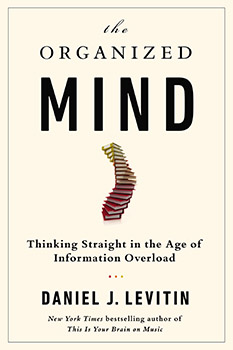The tweets I saw from Stanford NLP Group read:
Stanford CoreNLP v3.7.0 beta is out—improved coreference, dep parsing—KBP relation annotator—Arabic pipeline #NLProc
We‘re doing an official CoreNLP beta release this time, so bugs, comments, and fixes especially appreciated over the next two weeks!
OK, so, what are you waiting for? 😉
Oh, the standard blurb for your boss on why Stanford CoreNLP should be taking up your time:
Stanford CoreNLP provides a set of natural language analysis tools. It can give the base forms of words, their parts of speech, whether they are names of companies, people, etc., normalize dates, times, and numeric quantities, and mark up the structure of sentences in terms of phrases and word dependencies, indicate which noun phrases refer to the same entities, indicate sentiment, extract open-class relations between mentions, etc.
Choose Stanford CoreNLP if you need:
- An integrated toolkit with a good range of grammatical analysis tools
- Fast, reliable analysis of arbitrary texts
- The overall highest quality text analytics
- Support for a number of major (human) languages
- Interfaces available for various major modern programming languages
- Ability to run as a simple web service
Stanford CoreNLP is an integrated framework. Its goal is to make it very easy to apply a bunch of linguistic analysis tools to a piece of text. A CoreNLP tool pipeline can be run on a piece of plain text with just two lines of code. It is designed to be highly flexible and extensible. With a single option you can change which tools should be enabled and which should be disabled. Stanford CoreNLP integrates many of Stanford’s NLP tools, including the part-of-speech (POS) tagger, the named entity recognizer (NER), the parser, the coreference resolution system, sentiment analysis, bootstrapped pattern learning, and the open information extraction tools. Its analyses provide the foundational building blocks for higher-level and domain-specific text understanding applications.
Using the standard blurb about the Stanford CoreNLP has these advantages:
- It’s copy-n-paste, you didn’t have to write it
- It’s appeal to authority (Stanford)
- It’s truthful
The truthful point is a throw-away these days but thought I should mention it. 😉
